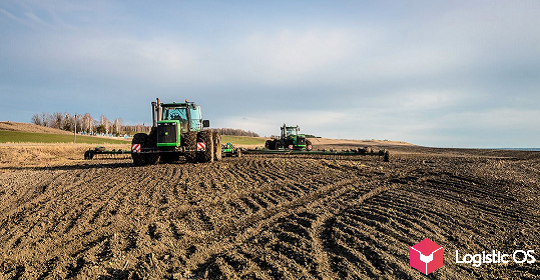According to the Expert and Analytical Center for Agribusiness «AB-Center», in January-October 2021, the production of cereals in Russia amounted to 1.266 million tons.
This is 3.6% more than in the same period last year.
At the same time, 2020 also showed the best result compared to 2019, albeit not by much: the volume of cereal production in the Russian Federation amounted to 1.509 million tons, which is 0.8% more than a year earlier.
What cereals are produced in the Russian Federation?
If we take 2020, then the structure of production looks like this:
Buckwheat — 28.8%.
Rice — 28.2%.
Semolina — 6.1%.
Pearl barley — 5.8%.
Millet — 5.7%.
Oatmeal — 5.1%
Wheat — 4.7%.
Corn — 4.4%.
Barley — 3.9%.
There were no significant changes in 2021, but buckwheat fell behind rice: its share fell to 26.4%, while the share of rice increased to 31.2%.
Where is Russian groats produced?
Basically, this is the Southern Federal District, every third kilogram of Russian groats is produced there.
Also among the important regions are the Central Federal District with a value of 9%, Siberian — 12%, Volga — 10.4%, Ural — 12%.
Why did buckwheat and rice rise so much in price?
One of the possible reasons is a decrease in buckwheat production in 2020 compared to 2019. In 2020, a total of 435.4 thousand tons of buckwheat were produced (gross harvest). This is 4% less than in 2019.
However, the rise in price was far from 4%.
Back in the fall of this year, retailers warned that the price tag for buckwheat in chains could grow by 10-20%, which has already happened in many stores.
The reason was the rise in prices for cereals from producers, as well as an increase in the cost of packaging.
In the case of buckwheat, the increase in prices can be explained by the fact that in the Altai Territory this year there was a poor harvest, and this is a very important region for this crop.
As a result, Altai producers turned out to be ready to offer their products not at 57, but at 80 rubles per kilogram. This caused the price tag to rise even higher in stores.
At the same time, the acreage under buckwheat in Russia is growing almost every year.
For example, this year about 975 thousand hectares were planted with this crop.
However, growers also complain about the increased costs that they have to bear, so there are risks that the planted area may decrease in the next season.

